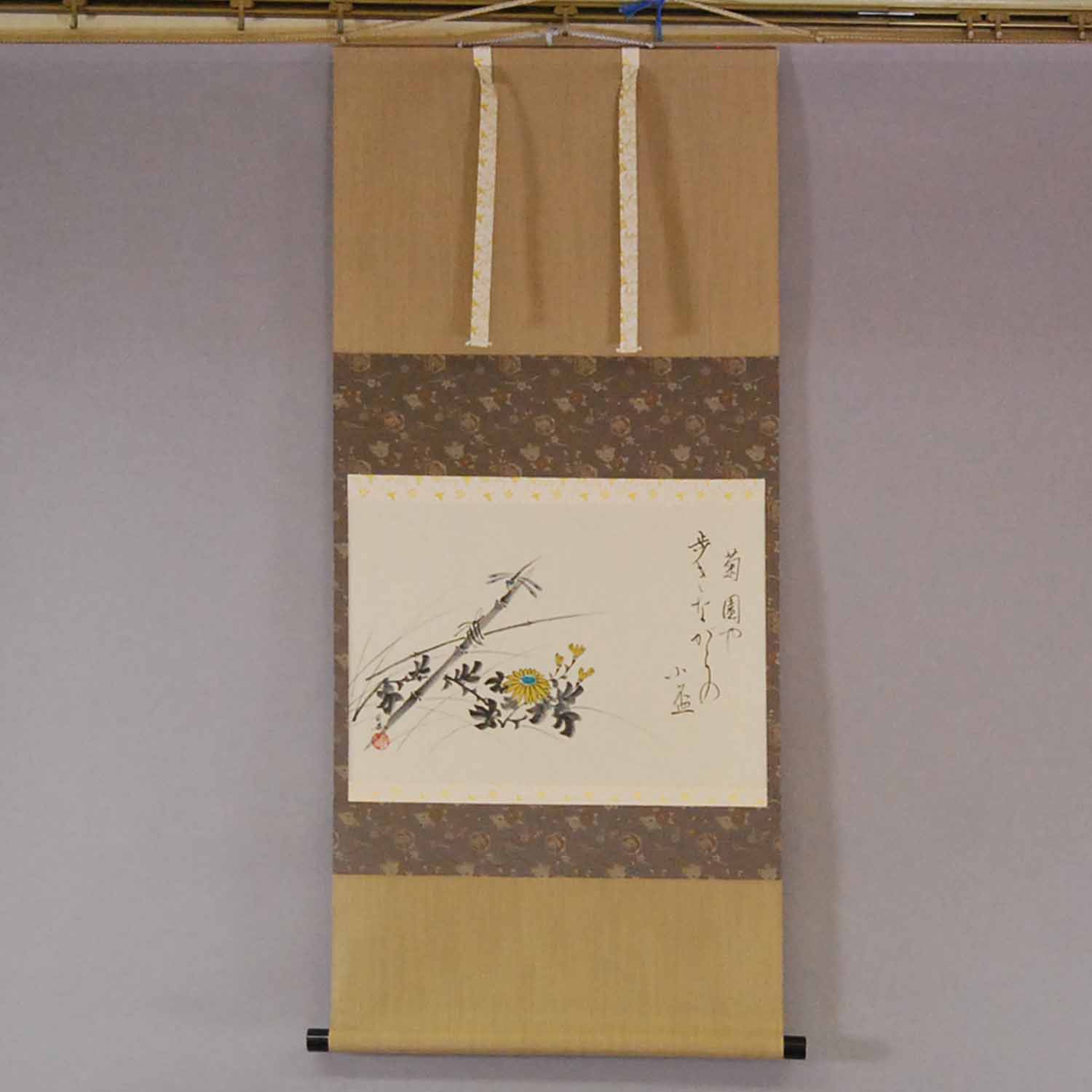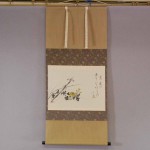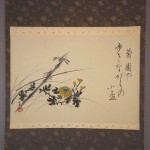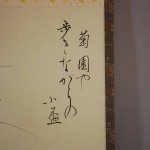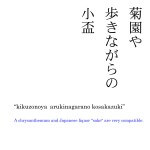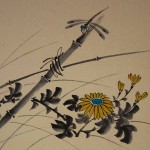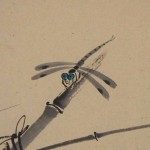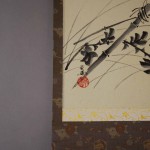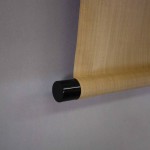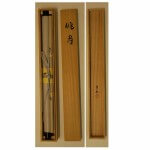Products Lineup
News / Blog
Other Menus
Chrysanthemum Sake / Tekiho Imoto - Haiga: Kiku
- Product ID
- 0103
- Name
- Tekiho Imoto
- Profile
1909-
A Japanese-style painter
A disciple of Inshou Doumoto- Size
- 601mm x 1210mm
- Roller End Material
Wood coated with black "urushi" (lacquer)- Material of the Work
- Japanese paper
- Price
- JPY 70,000
- Stock Condition
- In stock
- Payment: Click the Paypal Mark
- Duty and Taxes
Import duty and taxes are beyond our control and may apply to your shipment. Please noted that these fees are the responsibility of the buyer.
- Description
The term “kikuzake” refers to sake in which chrysanthemum blooms are steeped; this is served on the Chrysanthemum Festival (September 9 according to the old calendar), called “Chouyou no sekku” or “Kiku no sekku” in Japanese. In the hope of eliminating evils and achieving longevity, people celebrated the Chouyo Festival by pouring sake for each other with corollas of chrysanthemum floating on them. Therefore, kikuzake is a seasonal word for autumn.
In this work, the literal meaning of the poem in this work is “Chrysanthemum garden ― we walk with little sake cups.” (This poem itself was written by Issa KOBAYASHI, who was a great Japanese poet.) ― chrysanthemum and Japanese “sake” are very compatible.
Tekiho Imoto was born in Ooita prefecture 1909. He studied at Kyoto Painting College under Inshou Doumoto, who was a master of Japanese-style painting. Although he also painted landscapes, he is better at simple paintings like this. I guess that he really wanted to drink sake when he was painting this work.

